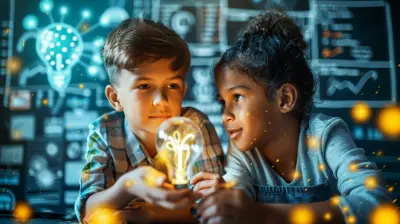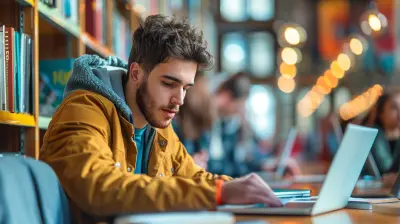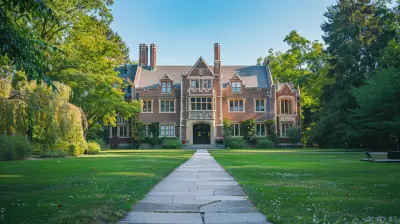Exploring the Relationship Between Music and Visual Art in Education
1 October 2025
Have you ever listened to a song that instantly painted a picture in your mind? Or maybe you've looked at a painting that seemed to have a rhythm of its own? That magical connection between sound and sight isn’t just in your head—there’s a powerful relationship between music and visual art, especially in the world of education.
In fact, blending music and visual art might just be one of the most effective (and fun!) ways to boost creativity, improve understanding, and keep students fully engaged. So let’s dive into this fascinating connection, and see how music and art, together, can reshape the learning experience.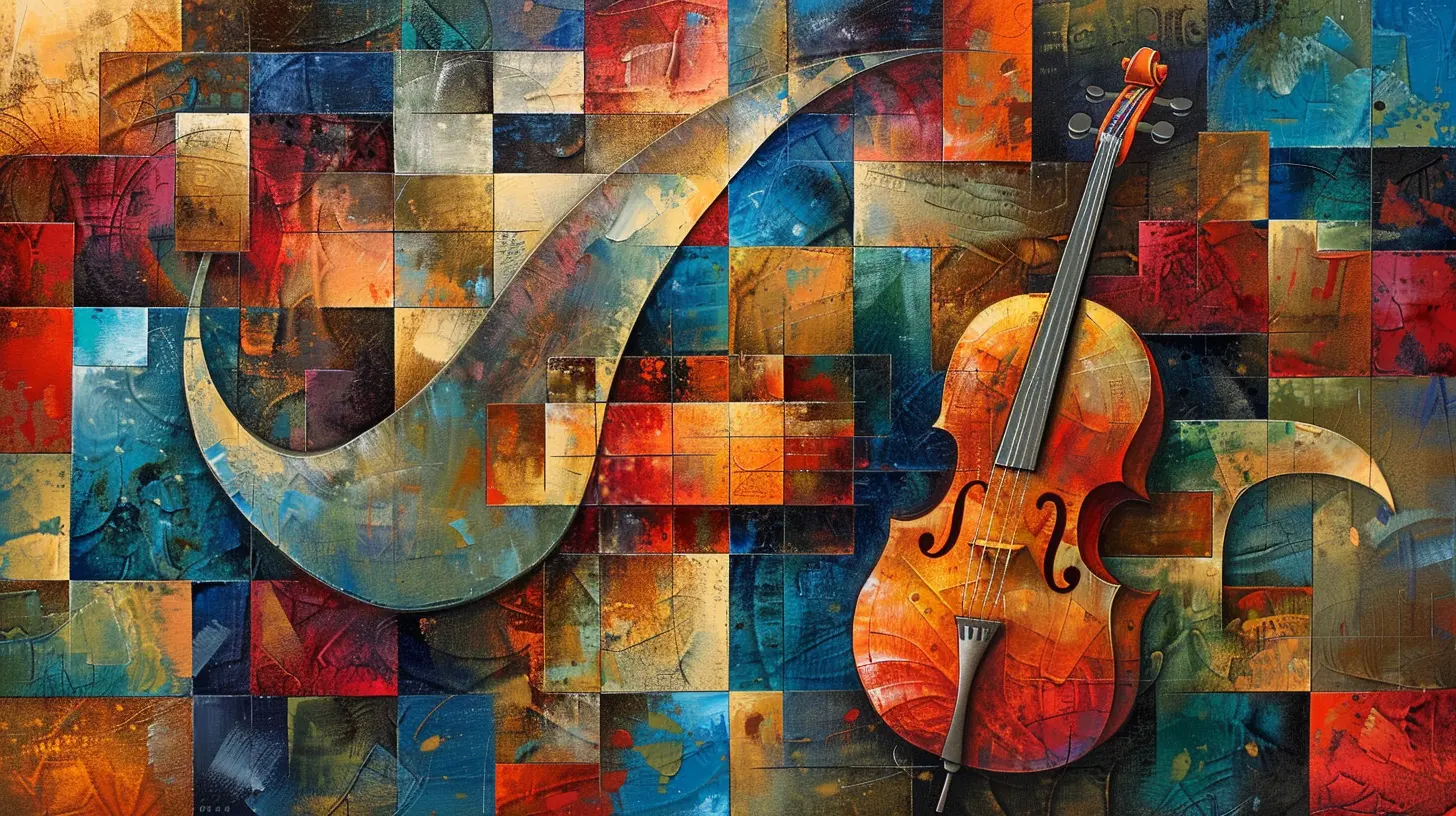
Why Music and Visual Art Belong Together in the Classroom
Let’s be honest—traditional education often boxes subjects into their own little corners. Math is separate from reading. Science doesn’t shake hands with history. And music and art? They’re usually treated like the "extras" or electives.But here’s the truth: music and visual art are anything but "extra." They’re essential tools that ignite imagination, emotion, and deep thought. When we bring them together in education, something beautiful happens—students connect with content in ways they never thought possible.
Think about it. Music speaks to our emotions while art connects to our sense of beauty. Combine the two, and you're not just teaching students—you’re inspiring them.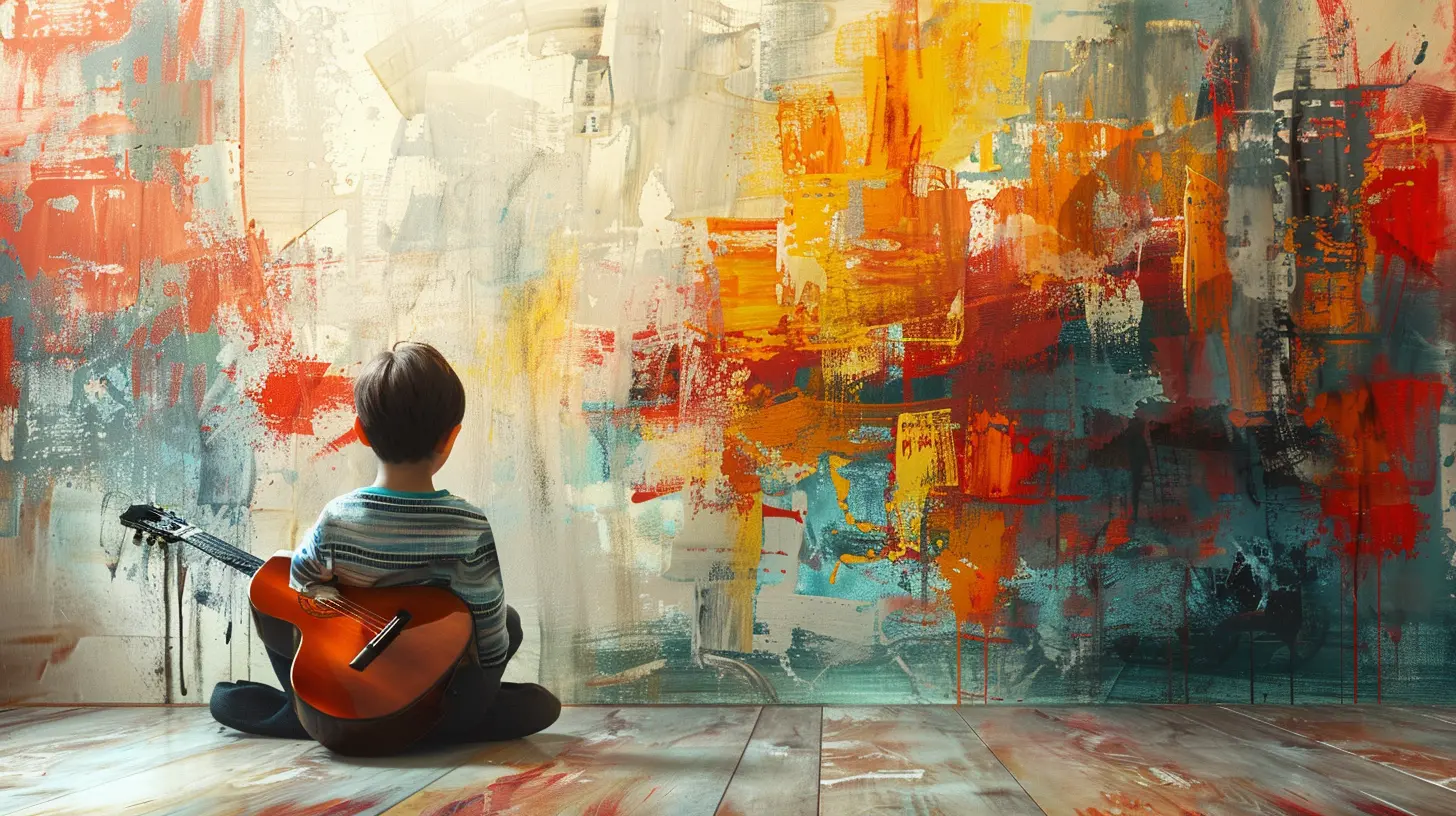
The Science Behind the Symphony of Art and Music
You don’t need a neuroscience degree to understand that our brains love patterns. Music and art are both rich in patterns—rhythms, repetitions, and forms. This is where things get interesting.Studies show that engaging multiple senses—like listening to music while viewing or creating art—can actually improve memory and focus. This multisensory approach fires up different parts of the brain and strengthens neural connections. Basically, when kids listen to music while painting or draw to tell the story in a song, they’re building brain power.
It’s kind of like giving the brain a workout from every angle. And who wouldn’t want that?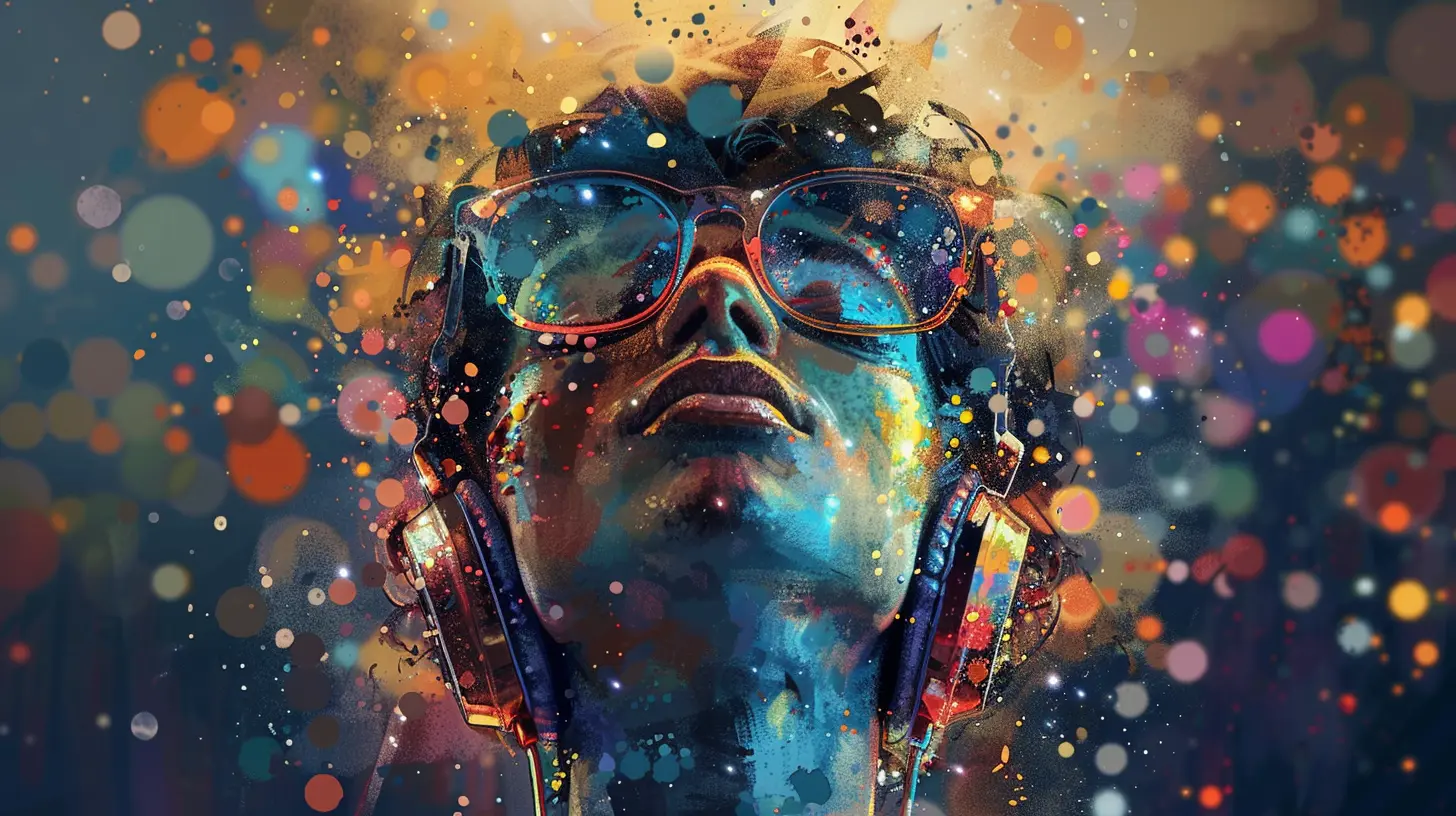
Bridging the Gap Between the Arts and Academics
Let’s bust a myth right now: integrating the arts doesn’t mean sacrificing academic rigor. In fact, it often amplifies it.Consider this—students studying history through a painting that represents a historical event while listening to period-specific music are engaging in a far deeper way than just reading a textbook. They’re not memorizing facts; they’re experiencing them.
Want students to grasp the emotions behind the Civil Rights Movement? Play "A Change Is Gonna Come" and let them create protest posters inspired by that era. Suddenly, history isn't just something that happened—it's something they feel.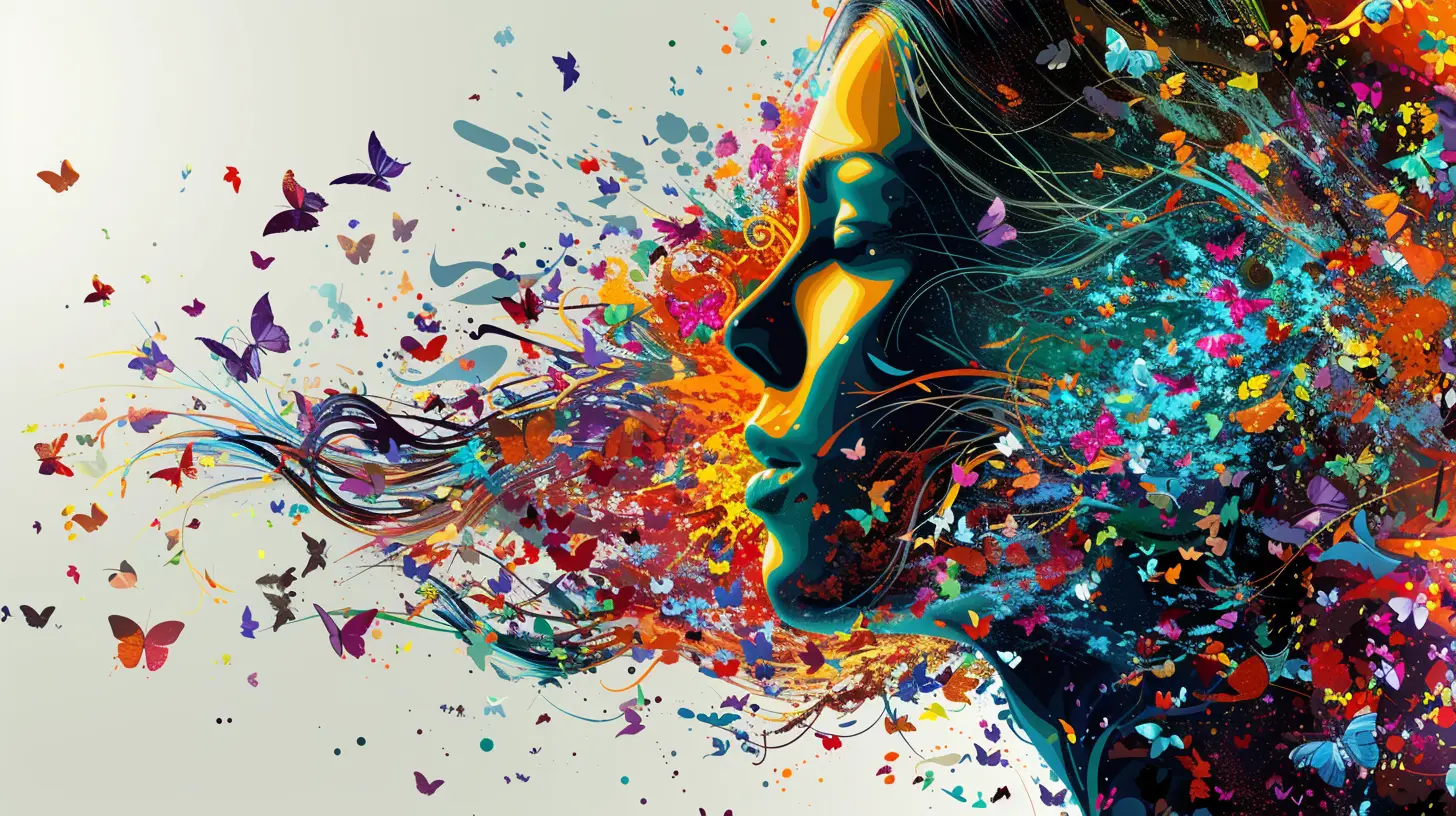
Benefits of Integrating Music and Visual Art in Education
So what’s in it for students besides a splash of color and a catchy melody?1. Enhanced Creativity
When students mix music and art, they think outside the box. A blank canvas and a soundtrack can inspire themes, emotions, and wild imagination. This fosters creativity that spills into all aspects of learning.2. Improved Emotional Intelligence
Music connects to feelings, and art provides a safe space to express them. Together, they help students understand and manage emotions—an essential life skill.3. Deeper Engagement
Let’s face it, boring lessons don’t stick. When students draw, paint, compose, or even just listen, they become active participants in their learning journey.4. Stronger Memory Retention
Studies show students retain information better when it's tied to music or visuals. Imagine remembering the parts of a plant because you turned it into a beat or painted it into a scene? That memory sticks.5. Development of Multi-Sensory Learning
Different students learn in different ways. Some are visual learners, while others are auditory. Merging music and art caters to a wider range of learning styles.Real-World Examples: This Stuff Actually Works!
Many schools around the world are already tapping into the magic of music and art integration.- STEAM Education: Adding the “A” for Arts into STEM education leads to STEAM. Students build scientific models, then design and decorate them while listening to genre-specific music to match the project’s theme. It transforms the learning experience.
- Music-Inspired Art Projects: Teachers play instrumental music and ask students to create drawings based on how the music makes them feel. This sharpens emotional awareness and interpretation skills.
- Visual Storytelling Through Songs: Students illustrate a song’s lyrics with a comic strip or storyboard. It’s a brilliant way to focus on narrative structure and improve language skills in a visually engaging way.
These aren't just fun assignments—they're deeply educational.
Teaching Strategies That Combine Music and Visual Art
If you’re an educator wondering, “Alright, this sounds great, but how do I actually do it?”—we’ve got you covered.1. Soundtrack Sketching
Play a piece of music and ask students to sketch what they feel or visualize. It could be abstract shapes, a specific scene, or even characters inspired by the mood.2. Lyric Illustration
Give students a set of lyrics and have them create artwork that reflects the story or emotions behind the words.3. Mood Mapping
Choose artworks and pair them with different pieces of music. Have students match the music to the artwork and explain why it fits—this builds critical thinking like a boss.4. Music Journals
Let students keep a music/art journal. They can listen to a piece each week and draw or paint their interpretations, adding a brief reflection. This strengthens self-expression enormously.How This Helps Teachers Too
Let’s not forget—it’s not just students who benefit. When teachers use music and art, they often find new energy in their teaching.- More student engagement = less classroom disruption.
- Stronger emotional connections = better relationships with students.
- Creative lessons = boosted job satisfaction.
It’s a win-win-win.
Challenges? Sure. But Worth It.
Like anything worthwhile, integrating music and art takes a bit of effort. There are time constraints, curriculum pressures, and maybe a lack of budget. But here’s the truth—it doesn’t have to be complicated or expensive.Start small. Use free music platforms. Let students bring in their favorite instrumental pieces. Use simple drawing materials. The goal isn’t perfection—it’s connection.
Once students start associating learning with creativity and expression, motivation naturally rises. That’s where the true magic begins.
Let’s Paint the Future of Learning
In a world where information is everywhere, what really matters is how we connect with it. Music and visual art give students those connections. They help them feel, imagine, express, and understand—not just academically, but emotionally and socially, too.Imagine a classroom where math feels like jazz, science is painted in bold colors, and history sings through the brushstrokes of young artists. That’s not just a dream—it’s a very real, very attainable future of education.
And it starts with us—educators, parents, and learners—saying yes to a more vibrant, more human way to teach and learn.
So next time you hear a song or see a painting, think of the classroom. Think of the student who’s struggling with words but finds their voice in a paintbrush. Think of how that one guitar strum could spark a lifetime of learning.
Because at the end of the day, the arts don’t take time away from education—they enrich it.
all images in this post were generated using AI tools
Category:
Art EducationAuthor:

Olivia Lewis
Discussion
rate this article
1 comments
Fern Bass
An insightful exploration of creativity’s interconnectedness in education!
October 12, 2025 at 11:40 AM
